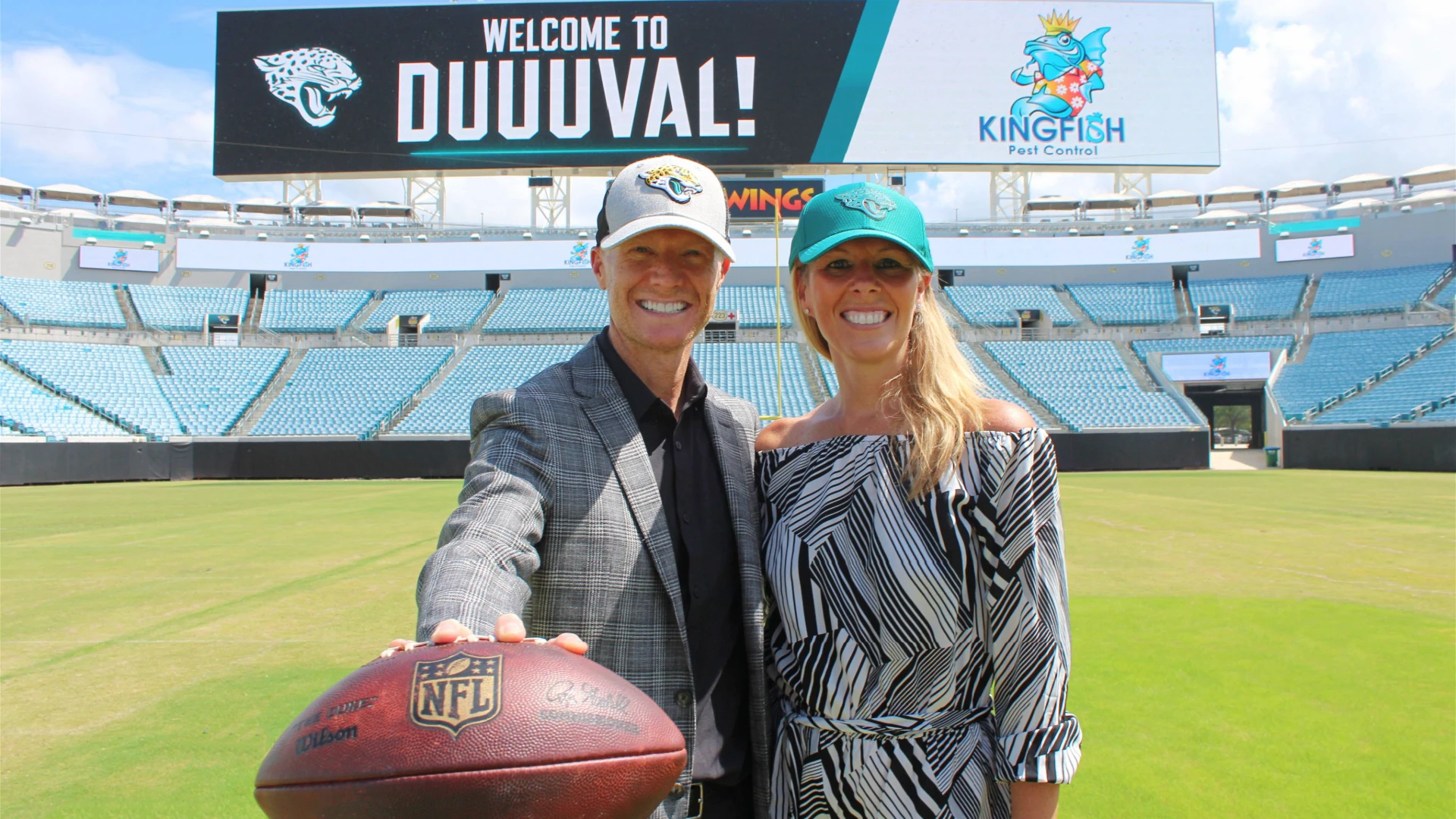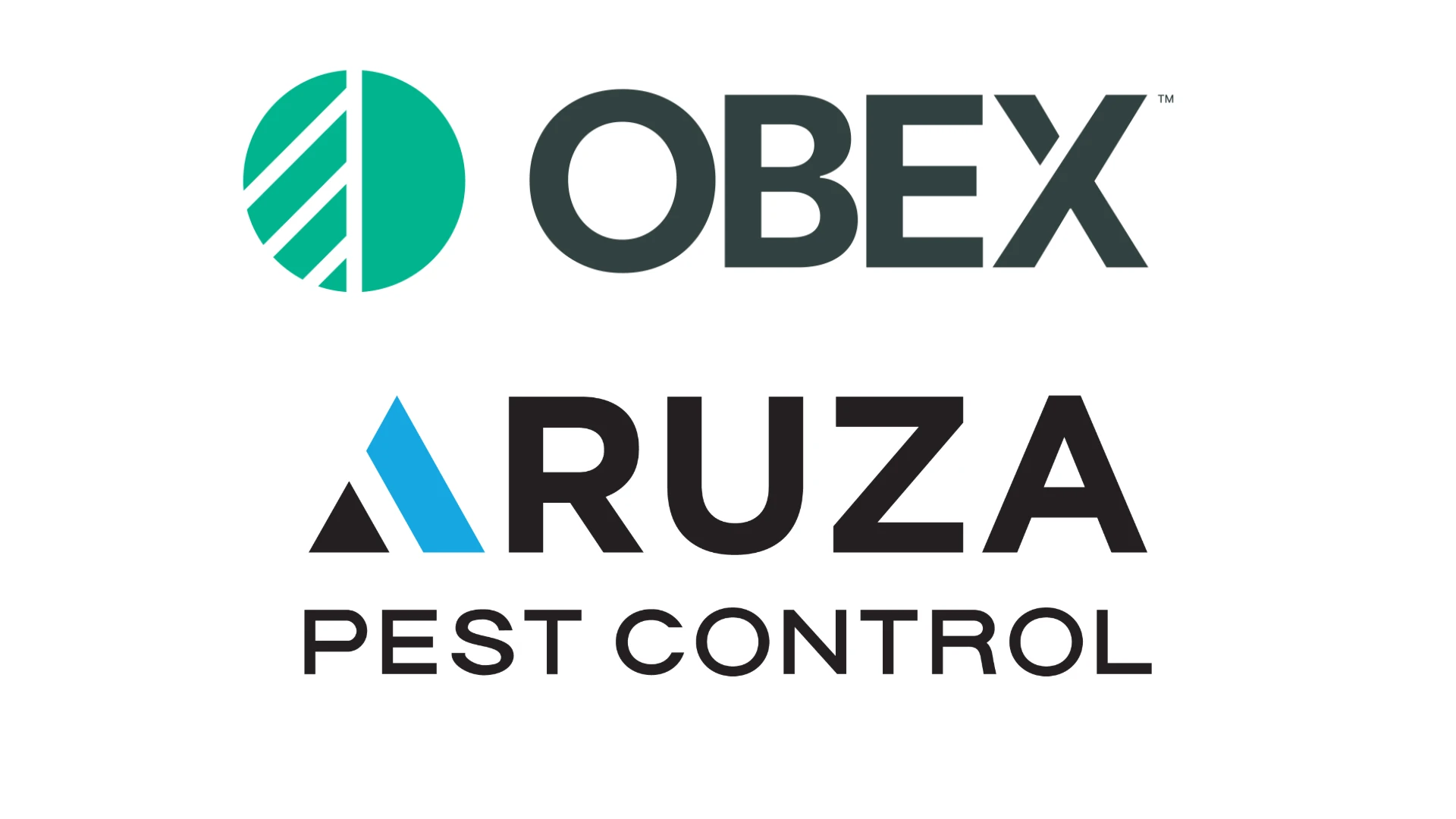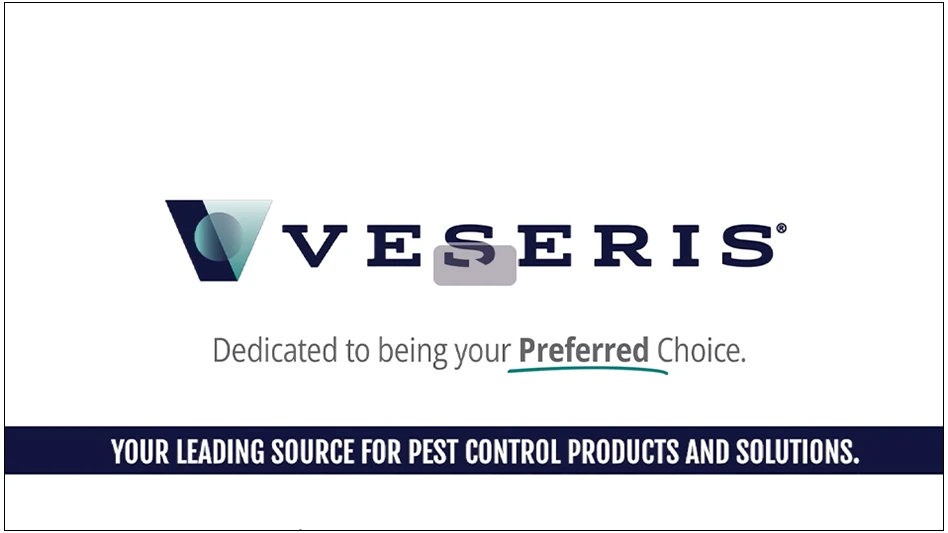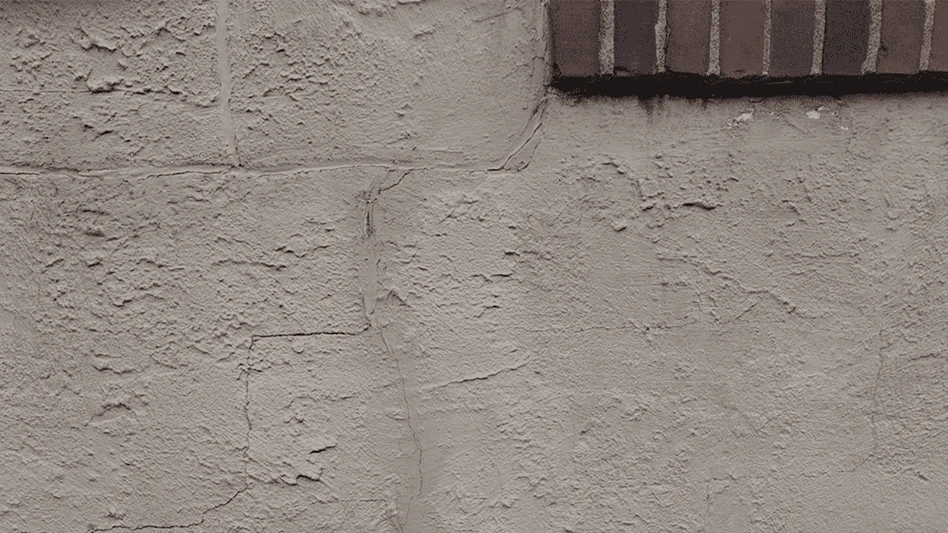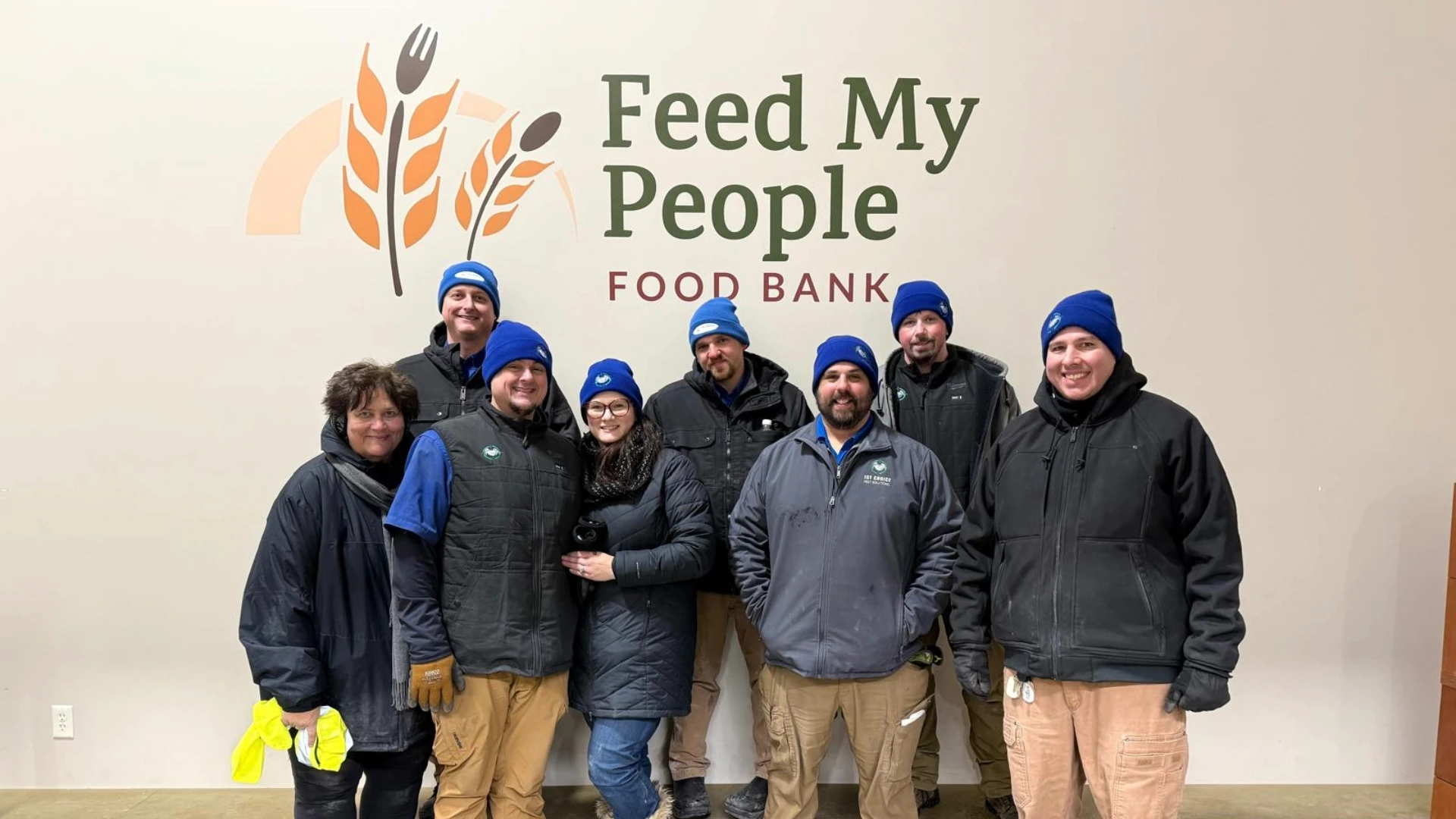UC-Davis Opens the Häagen-Dazs Honey Bee Haven
In September, the University of California, Davis, announced the opening of the Häagen-Dazs Honey Bee Haven, a half-acre bee friendly garden planted last fall next to the Harry H. Laidlaw Jr. Honey Bee Research Facility.
Lynn Kimsey, professor of entomology at UC Davis and director of the Bohart Museum of Entomology, said the goals of the garden are to provide bees with a year-round food source for the Laidlaw Facility bees, to raise public awareness about the plight of honey bees, and to encourage visitors to plant bee-friendly gardens of their own.
"This is a year-around food source for bees and other pollinators and an opportunity for visitors to learn more about the plight of bees and what to plant in their own gardens to help them survive," Kimsey said.
Dori Bailey, director of Häagen-Dazs Consumer Communications, added, "This garden is a living laboratory to educate, inspire and engage people of all ages in the serious work of helping to save honey bees. We hope the Häagen-Dazs Honey Bee Haven not only offers bees and other pollinators a place to thrive, but that it contributes to finding answers that enable us to be better stewards of these tiny pollinators."
True to its mission, the half-acre bee garden has drawn pollinators from the Laidlaw facility’s 110 hives, each populated with some 60,000 honey bees. Other pollinators include bumble bees, butterflies, dragonflies, sweat bees and carpenter bees. Native pollinator specialist Robbin Thorp, emeritus professor of entomology at UC Davis, identified more than 50 species of bees alone in two years of monitoring the grounds, as they changed from an open field to a planted garden.
Art created by students and the community in the UC Davis Art/Science Fusion Program, founded and directed by UC Davis entomologist-artist Diane Ullman and artist Donna Billick, is permanently displayed at the garden.
Billick created a large bee sculpture for a pedestal beneath an almond tree. Wells Fargo Bank funded a bee sculpture and was the main sponsor of the recent grand opening celebration. The entrance features two bee-hive sculptures, one sculpture painted to depict the work that bees do inside the hive and the other, the work outside the hive.
Gracing the entrance to the bee garden are two columns of bee hives or "bee boxes." Sarah Dalrymple, a UC Davis entomology graduate student, served as the teachers’ assistant for the program’s Graphics and Communications Studio section. As part of their research, the students enrolled in the class visited the Laidlaw facility, learning about bees from bee breeder-geneticist Susan Cobey and staff research associate-beekeeper Elizabeth Frost.
"From my view, watching this come together has been a highlight, as the students asked their numerous questions seeking accuracy and sought the experience of opening a colony and observing bees in their numerous duties," Cobey said. "The delight and amazement of students holding a frame of brood, watching a new bee emerge from her cell, feed larvae or pack in pollen for first time, is also is a thrill for me."
Each sculpture is stacked with seven real bee hives, so real that curious Laidlaw bees try to enter them. One column depicts life inside the hive, and the other column, life outside the hive. Among the images: a queen bee laying eggs, nurse maids caring for the brood, and foragers collecting nectar, pollen, propolis and water.
As the teacher’s assistant of the Graphics and Communications Studio, Dalrymple led students through painting exercises and helped them come up with the two major themes of the columns: honey bee pollination and life inside the hive. "Each student came up with designs for two sides of the bee boxes and then painted them," Dalrymple said. "I strived to let students come up with their designs independently, but I was there to give direction when they had trouble doing so."
Dalrymple provided feedback on the designs and offered suggestions for making them more scientifically accurate or aesthetically pleasing. In addition, she painted one side of a box in the "Life Inside the Hive" column and made final design decisions, such as what order the boxes should be in the column.

Explore the October 2010 Issue
Check out more from this issue and find your next story to read.
Latest from Pest Control Technology
- Veseris Expands in Turf & Ornamental and Pool Supply with Acquisition
- Pest Authority, Mosquito Authority Celebrate All-Star Franchisees
- Ka Tsu Joins Avoca.ai
- Envu's Suite of Pest Management Solutions
- In Memoriam: Tom Moore
- 2024 Crown Leadership Award Winner Kathy Heinsohn
- OPMA Shares Officer Inductions, PWIPM Chapter Updates from Winter Meeting
- Inside Out

